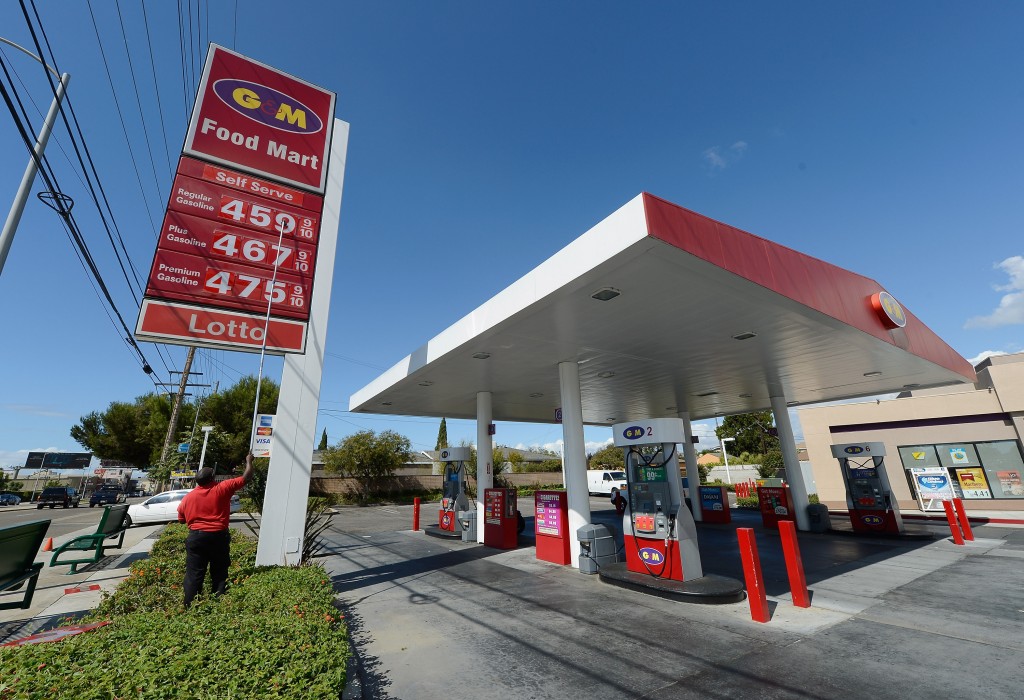Former Shell Oil President John Hofmeister predicts U.S. prices oil could increase from the current levels under $48 a barrel to $80 by this fall just as consumers have been taking advantage of record low prices at the pump. “That would force gas prices to double, from the current $2 to a whopping $4 by next winter.
The reason, he says, is the oil companies are masters of the simple economics of supply and demand.
“The industry is the best in the world at cutting costs when they have to reduce spending. What’s happening is we’re shutting down drilling rigs,” Hofmeister said. “Not completing the wells that have just been drilled. And we’re going to eat off the surplus oil out there probably by mid-year.” [CNBC]
Public and private agencies in Louisiana are bracing themselves for investment and budget cuts due to the downturn in world oil prices that has stunted U.S. domestic production. “As oil prices drop, the squeeze has begun in south Louisiana. It starts with ugly state budget projections, layoff announcements and freezes on new construction projects. Cutbacks at the drilling companies lead to cutbacks at the service companies, and before long the grocery stores and car dealerships start feeling it.
The frontline casualties of the current price collapse have been in the shale-drilling boom towns of Texas and North Dakota. These shale plays, where hydraulic fracturing tapped massive oil reserves, rocketed into prominence and have come hard back down to earth.” [NY Times]
Analysts are predicting the utility industry could be facing a downturn as consumers and businesses divert to solar installations. “A scenario whereby a significant majority of customers generate their own electricity and migrate off the grid, or use it only as back-up, is simply uneconomic. This is despite the fact that solar photovoltaics are already at grid parity in many U.S. and EU member states, meaning they are equal to or less than the power purchased from the grid.
Going off grid is also not feasible for many customers due to natural limitations, such as the availability of suitably oriented roof space to generate enough solar power, and the space and cost constraints associated with the prohibitively large electricity storage that would be required to support this.” [Forbes]

